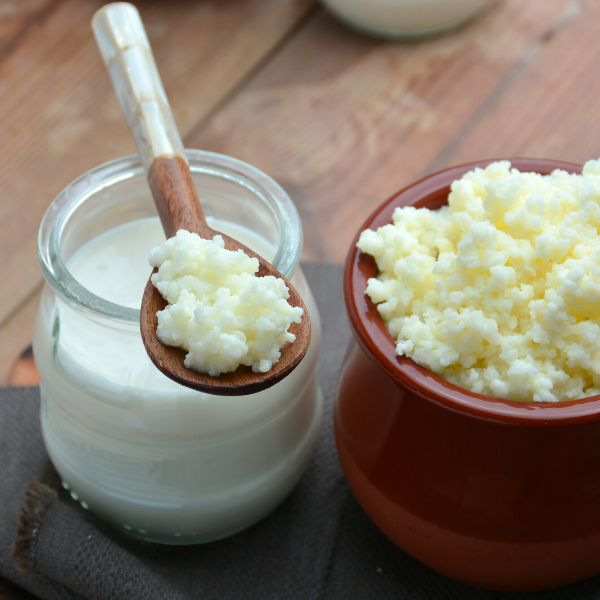Fermented Foods
We all house trillions of different bacteria and microbes in our bodies. Beneficial bacteria play an essential role as our first line of defence, supporting digestive function and immunity. A number of factors can compromise an optimal balance of beneficial bacteria throughout the body, including antibiotic therapy, infection, stress, travel or a period of unhealthy nutrition. One potential solution to help to restore the natural balance of the resident gut microflora is to consume either foods or supplements containing live microorganisms.
What are fermented foods?
Fermentation is an ancient form of preservation used before the invention of the refrigerator. The fermentation process involves the transformation of food by bacteria and fungi which is said to make food more digestible and nutritious, whilst also providing a regular supply of beneficial bacterial species to the digestive tract.
Fermentation gives us many of our most basic staples; bread, cheese, chocolate, coffee, wine, beer, yogurt, salami, vinegar, soy sauce, olives. Unfortunately however commercial fermentation usually uses an accelerated process, which along with cooking and processing destroys many of the beneficial compounds.



There are a number of different fermented foods you could try depending on your taste preferences, time and resources to prepare or accessibility to purchase the final product. The number of organisms in fermented foods can vary significantly, depending on how products were manufactured and processed, as well as conditions and duration of storage. If buying from a shop rather than making at home, sauerkraut and kimchi labelled as ‘raw’ and kept in the fridge will most likely be live, whereas those kept on the shelf will most likely have been pasteurised to extend shelf life so may have lost some of their benefits. Examples of more traditionally fermented foods, that are likely to retain much more of their benefits are fermented dairy such as live plain yogurt and kefir, fermented vegetables such as sauerkraut, kimchi or pickles, fermented pulses such as dosa and soya bean products including tempeh, miso and tofu, and fermented tea such as kombucha.
If you have never consumed traditionally fermented foods before it can be sensible to introduce them slowly, one type at a time and at low doses to begin with, gradually increasing to a full portion, to avoid any short-term digestive side-effects caused by the sudden increase in bacteria in the digestive tract. Those with sensitivity to histamine may also want to avoid certain fermented foods such as sauerkraut and kimchi, which tend to be high in this compound.
For those who struggle to make their own fermented foods and are not able to source good quality pre-bought products, or for those who need additional support for the digestive and immune system, then live bacteria supplements are another option to help support the gut microbiome. Many strains used in commercial live bacteria supplements were originally isolated from traditional fermented foods and are now cultured in a laboratory. They provide an easy and convenient way to support gut health and can complement fermented foods and certainly be consumed along-side them.


